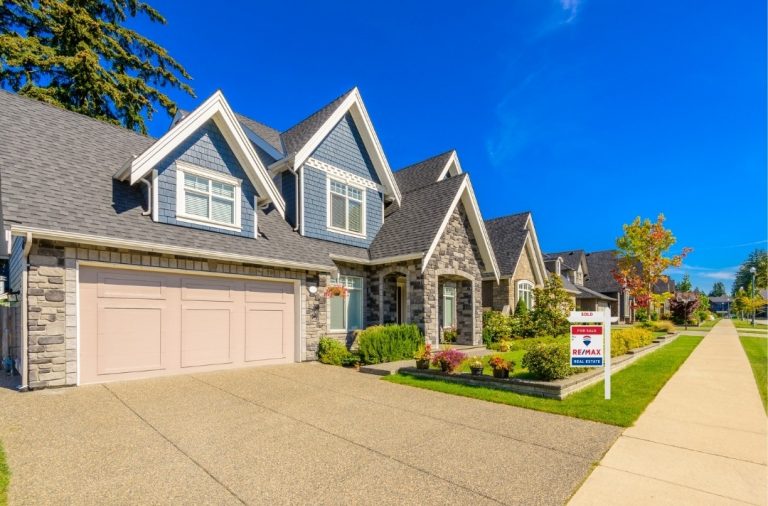When it’s time to sell, pricing your home can feel like guessing at a moving target. Many sellers make assumptions that end up slowing the sale—or even lowering the final price. Here’s what you really need to know.
Misconceptions That Can Cost You
“I’ll price high and negotiate later.”
It’s tempting to start high, thinking buyers will meet you halfway. In reality, overpriced homes often sit on the market. Buyers scroll past listings that seem out of range, and your home may lose momentum.
“My home is unique, so it should sell for more.”
Every home has something special, but buyers compare apples to apples. That new kitchen or finished basement won’t justify a price far above similar home nearby.
“I’ll wait for the market to improve.”
Trying to time the market is risky. Homes priced well today attract buyers fast, while waiting can mean months of uncertainty.
How to Price Right
Look at similar homes.
Check recent sales of homes like yours in your area. That’s the most reliable way to find a competitive price.
Consider a slightly lower price.
Sometimes listing a little below market value brings more interest and multiple offers, which can push the final sale higher.
Pay attention to timing and buyer habits.
Prices that feel “right” to buyers can spark showings quickly. And if your home isn’t getting attention, it may be time to adjust.
The Bottom Line
Selling fast isn’t about guessing or pride. It’s about understanding what buyers will pay and setting a price that gets them in the door. Price your home smartly, and you’ll likely see a quicker sale—and better results.


